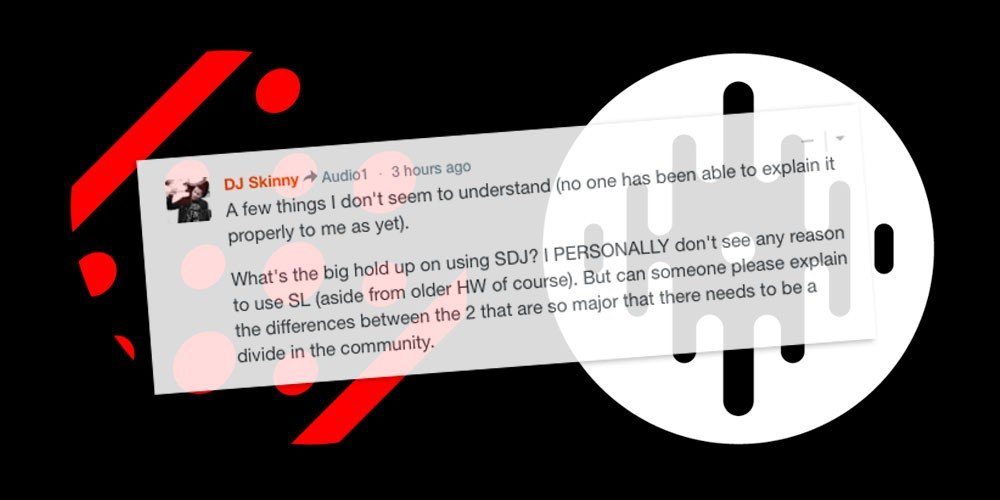Our 2015 post mortem piece generated some good comments, but one in particular from DJ Skinny stuck in my mind, if only to prompt me to write this piece that I’ve been meaning to write for the last 12 months — why are you still using the now discontinued Serato Scratch Live when Serato DJ is out there?
I can think of human reasons such as the mantra of if it ain’t broke don’t fix it. You may be rocking an older laptop with an equally older OS that just works, something that is essential if your livelihood depends on it working 100% of the time. Or perhaps you’re fully served by SSL and comfortable with its feature set (it’s still really good to be honest). Perhaps there are things it does that SDJ doesn’t yet do.
Perhaps it’s loyalty to a brand that changed the game and is still cool despite being long gone. Do you think you’re keeping it real by sticking with SSL? And as DJ Skinny says in his comment, the issue of older hardware not being supported is about as valid as it gets, and for many is still an open wound that’s having salt rubbed into it with every new bell and whistle that’s added to Serato DJ.
From my own perspective, my established lemming tendencies saw me despatch Scratch Live and ITCH as soon as I could lay my hands on Serato DJ. And bar the odd connection issue that is quickly sorted, I’ve not had a problem across three different computers. Experiences do seem to vary in this respect though, but with my former support hat on, given that so many people run issue-free, the problem is most likely related to the computer or even the user. If only companies could beta test DJs, because the stories that come from support desks are horrific. I know, because at times, we’re all that person. I certainly have been.
It is my long held belief that if you don’t keep up with technology, you will be left behind at some point. Not immediately perhaps but as new computer hardware and OSes come along, the environment that the old products used to work in changes, and the chances are that there won’t be a fix issued, because there’s no money in fixing product that nobody can buy.
So dedicated Scratch Live users — please tell me why you’re still using it. I’m genuinely interested in the reasons.



